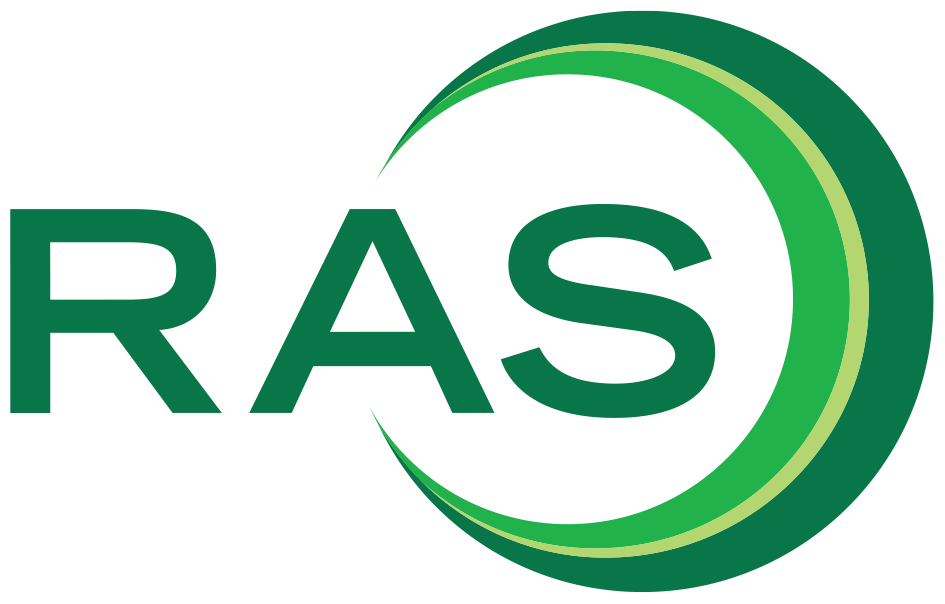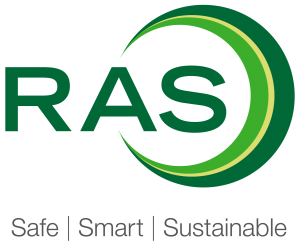ALARP Demonstration
An ALARP demonstration is proportional to the level of risk which is seen. As part of the RAS Way, we have developed a tried and tested multistep process, delivered through an ALARP Demonstration Workshop, to demonstrate whether the risk at a site is ALARP. During the session we would focus on:
- Evaluating risk drivers (taking key contributors from risk analysis)
- Developing a thorough list of ‘what more could be done’ using guidewords and prompts
- Considering wider generic issues
- Evaluating the potential risk reduction achieved by the proposed measures
- Developing a quantified assessment of risk reduction benefit if it cannot be assessed by judgement alone
- Proposing a concise list of improvement measures for implementation
We recommend that the workshop is attended by a multi-disciplinary group of representatives from your team of project and operations management, engineers, and operators to ensure suitable competence, experience, and collaborative and inclusive decision making, supported by members of our team who will guide you through the assessment.
Using existing safeguards as a starting point, additional measures for risk reduction are sought based on inherent safety, prevention, control, and mitigation measures. Our job is to ask you specific questions to help identify these measures.
Once these measures are identified we help you to assess and determine whether they are practical to implement, if not justification for this must be documented. If practical, then the benefit of the risk reduction it offers must be calculated and can be qualitative, semi-quantitative or quantitative in approach.
Improvement Plans
Once ALARP recommendations have been agreed, it’s our job to create a practical Improvement Plan which sets out the person responsible for implementing the agreed measure(s) and a realistic time limit for completion.
As well as ensuring compliance with the concept of ALARP, documenting these recommendations and the reasons behind them can be particularly important if there is a need to consider any changes that have occurred to affect the measures in place in, for example, an aging plant.



